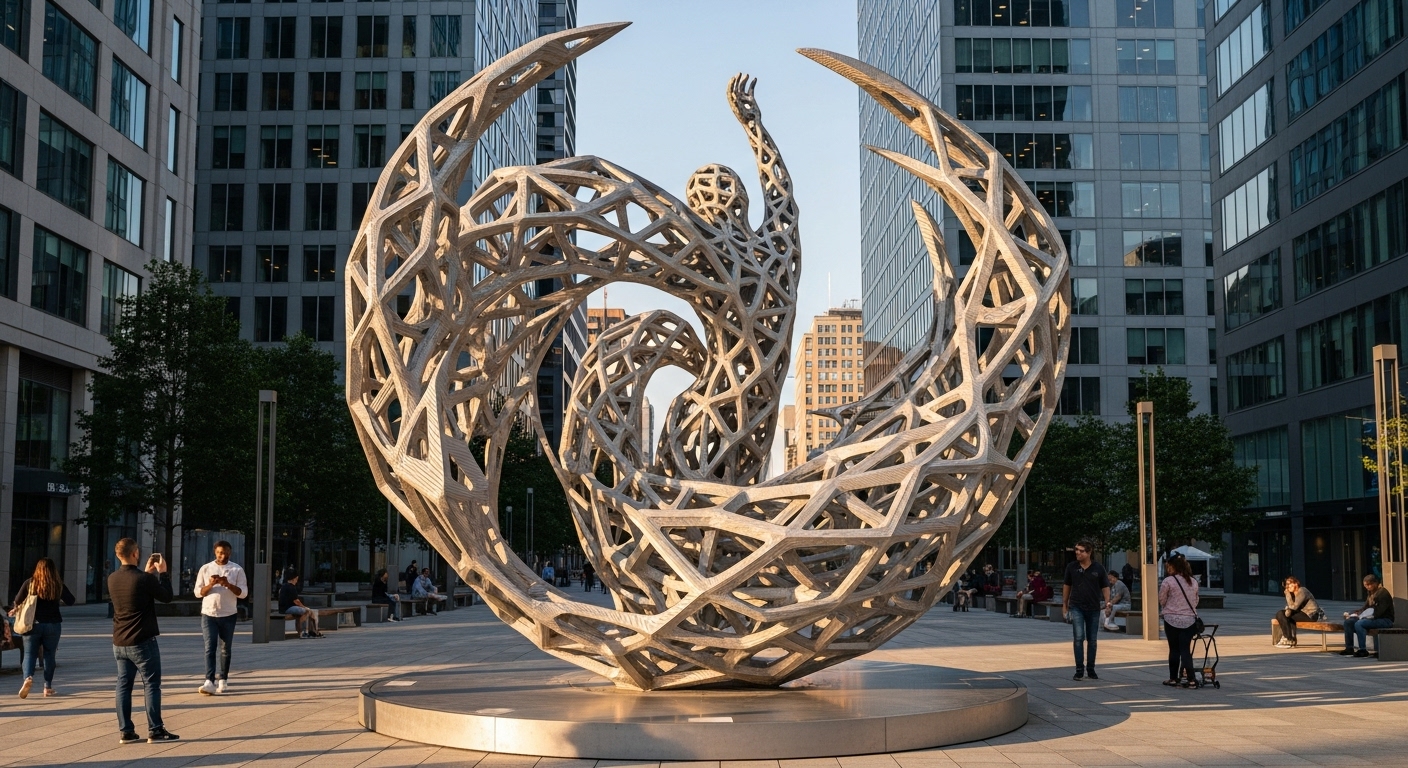While 3D printing is often praised for its engineering value, it also fuels creativity that resonates far beyond technical audiences. Over the past decade, several custom 3D printing projects have taken the internet by storm—combining smart design, cultural relevance, and sheer innovation. These viral moments not only inspire but also highlight the growing cultural impact of 3D printing technology.
What Makes a 3D Print Go Viral?
Viral 3D printing projects often share a few characteristics:
- They solve a relatable or timely problem
- They involve pop culture, memes, or humor
- They offer visual satisfaction or novelty
- They’re easy to share or remix
The success of these projects shows that good design, paired with the accessibility of digital manufacturing, can lead to rapid and widespread attention.
Notable Viral Projects in Recent Years
1. The Flexi Rex
A flexible, snap-together dinosaur printed in one piece became one of the most downloaded models on Thingiverse. Its simplicity and toy-like charm made it a hit across maker communities and classrooms.
2. COVID-Era Touch Tools
When hygiene became a priority, designs for no-touch door openers, mask straps, and hands-free tools quickly went viral. Many of these were open-source, allowing people worldwide to print and distribute them locally.
3. 3D-Printed Musical Instruments
Designers have replicated everything from violins to saxophones using 3D printing. These models sparked interest not just from musicians but from educators and experimental artists alike.
4. Personalized Accessories for Tech
Phone holders shaped like mini arcade cabinets, custom controller grips, and laptop stands tailored for specific brands gained traction on platforms like Reddit and TikTok for being functional and fun.
5. Artistic and Meme-Inspired Objects
From Baby Yoda figurines to useless boxes with auto-closing lids, novelty prints often get traction on social media simply because they’re shareable, clever, and entertaining.
Why Customization Drives Engagement
One of 3D printing’s biggest appeals is the ability to modify and personalize an object without expensive retooling. This flexibility encourages remixing—people take an original viral model and make it their own, sparking waves of creativity across communities.
With digital files widely accessible, it only takes one well-documented print to inspire thousands more.
The Role of Community Platforms
Platforms like Thingiverse, Printables, MyMiniFactory, and social media have played a major role in amplifying viral content. These communities thrive on sharing models, tweaks, and prints—allowing good ideas to evolve and spread globally in days.
Conclusion
Viral 3D printing projects offer a glimpse into the cultural side of additive manufacturing. Beyond functional parts and engineering applications, they demonstrate how creative ideas—when paired with digital tools—can capture global attention and spark mass participation. It’s a reminder that innovation doesn’t always have to be complex to make a big impact.


